Mumbai slum infections spark call for urgent action
More than half the residents in Mumbai’s slums had been exposed to coronavirus and developed antibodies as of early July, A city-commissioned study has found.
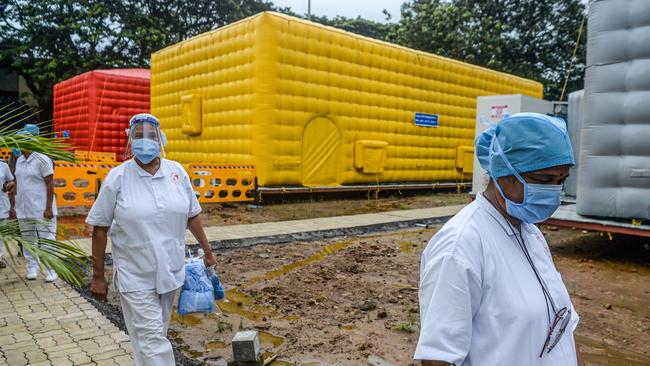
More than half the residents in the densely populated slums of Mumbai had been exposed to the coronavirus and developed antibodies as of early July, a city-commissioned study has found, sparking a debate over whether more testing is needed in the financial capital.
Blood tests on nearly 7000 randomly selected samples from three wards of the city with a population of 1.5 million indicated that 57 per cent of people in those areas had been exposed to the virus and developed antibodies. That was the case for only 16 per cent of samples taken from outside the densely packed areas.
The higher rate of exposure in slums was mainly due to population density and common use of shared toilets, water distribution and other services, said Sandeep Juneja, a professor at Tata Institute of Fundamental Research.
The relatively young population in the slums, however, also had more robust immunity to the virus and lower rates of other health problems, known as comorbidities, that are associated with serious cases of COVID-19. That helped them develop antibodies faster and kept the fatality rate low, Professor Juneja said.
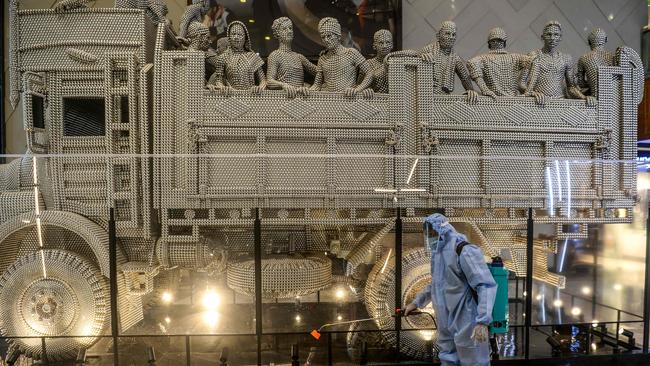
The survey showed “a lot of asymptomatic infections were going on in the slums”, he said.
The lower rates of exposure outside the slums resulted from more effective social distancing and better healthcare and hygiene practices.
India’s western state of Maharashtra — home to Mumbai — along with the southern states of Tamil Nadu and Andhra Pradesh, and national capital New Delhi, have been adding to India’s heavy virus caseload. With total cases surpassing 1.63 million, India is the world’s third most-affected country after the US and Brazil.
In recent days authorities in Mumbai have seen the number of cases in areas outside the slums rising. “With relaxation of lockdown restrictions, there seems to be some laxity on the part of people in wearing masks and maintaining hygiene,” said Suresh Kakani, a municipal commissioner of Brihanmumbai Municipal Corporation. “More people from slums have also started going out for work in non-slum areas, possibly adding to the cases.”
Mumbai, one of India’s wealthiest and most cosmopolitan cities with a population of 20 million, has been one of the centres of India’s coronavirus outbreak and a springboard for the virus to leap into the country’s rural regions. More than 40 per cent of Mumbai’s population lives in slums. Migrant workers who were stranded in the city returned home after the lockdown was lifted.
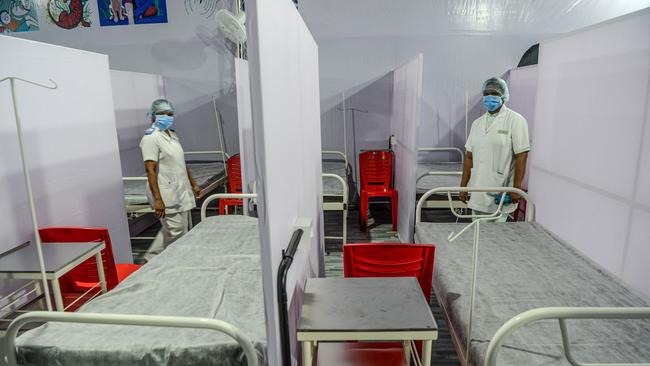
Mumbai authorities also evacuated high-risk and symptomatic patients from the areas and carried out door-to-door campaigns to detect those with symptoms early and isolate them.
Still, Mumbai’s healthcare system was overwhelmed with cases when the virus initially swept through. The situation has improved over the past month as the rate of new cases slowed and more patients recovered.
Mumbai has more than 113,200 cases, of which 86,447 have recovered, while the total number of recorded deaths is 6300. Authorities are reporting a slowdown in the virus’s spread. The infection rate had fallen below 1 per cent as of Tuesday, compared with 1.68 per cent on July 1, and another metric — the number of days it will take cases to double — has lengthened to 72 days, compared with 42 days, according to a state government official.
The city administration is testing about 11,600 samples a day, more than double the average of 5000 samples earlier in July.
The survey report indicates that residents in Mumbai’s slums could attain herd immunity sooner rather than later, although it is unclear what level of prevalence leads to herd immunity and whether it would persist in a significant proportion of the population. Medical experts estimate herd immunity may require between 60 per cent and 90 per cent of the population to be immune.
Still, some experts said the small size of the sample group may not paint an accurate picture of the city’s infections.
“Results of the survey in Mumbai are on the expected lines,” said Shahid Jameel, a senior Indian virologist. “There needs to be more testing and better contact tracing.”
Mumbai officials plan to conduct a second survey inside and outside the slums over the next few days.
The Wall Street Journal



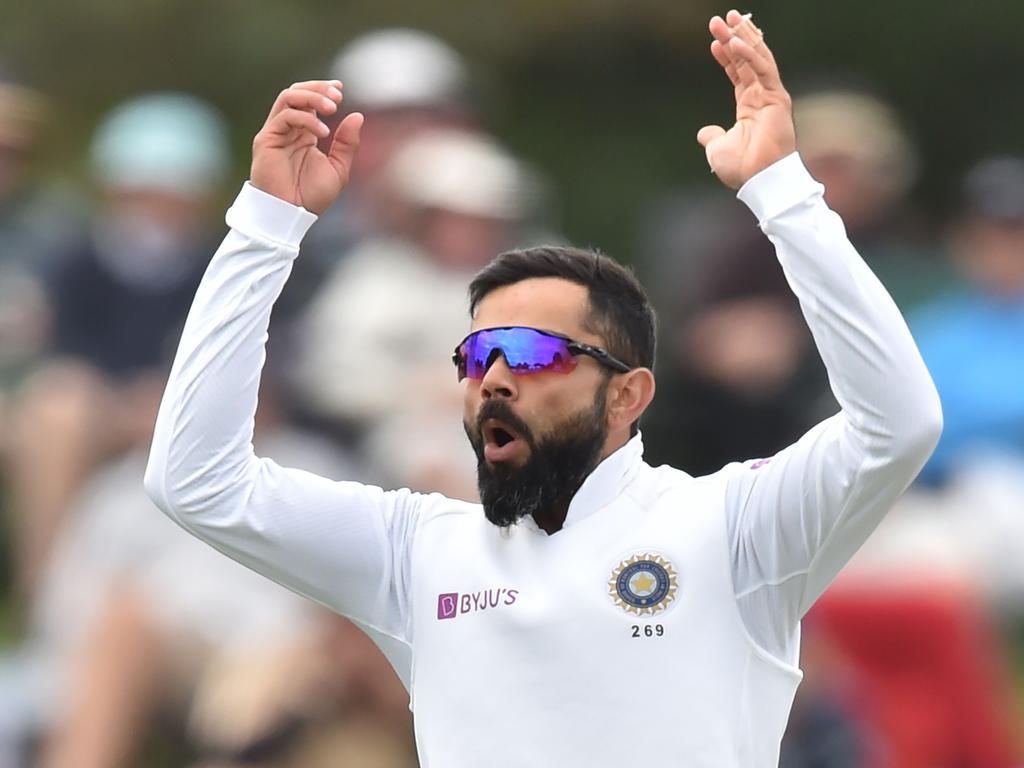
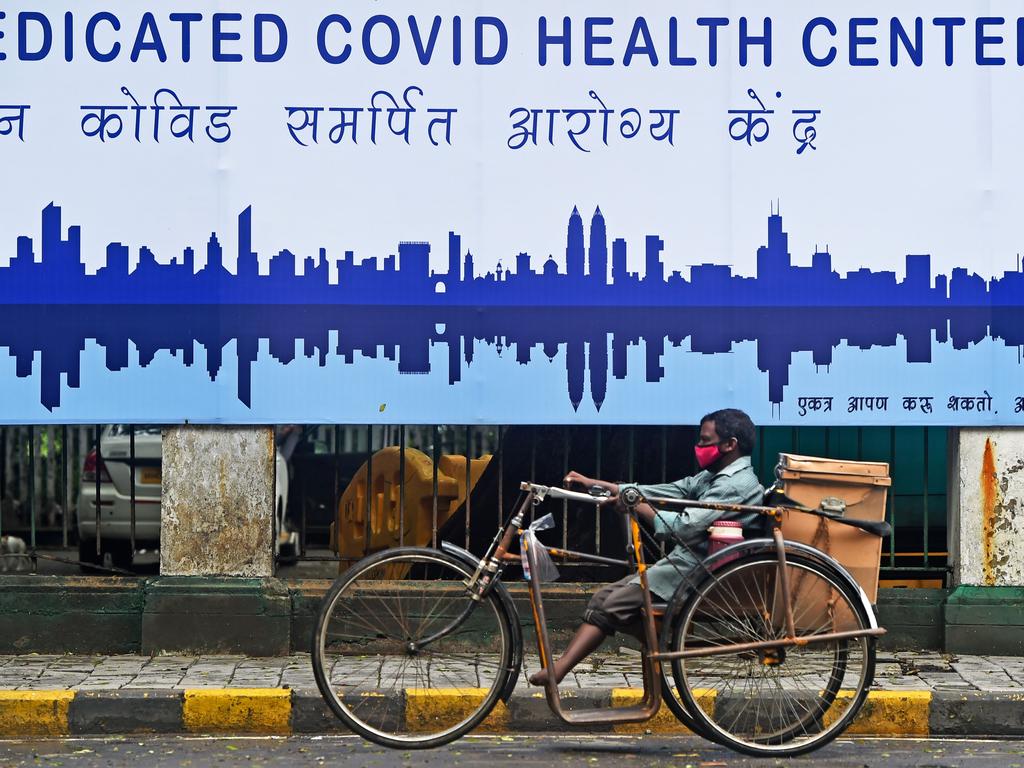


To join the conversation, please log in. Don't have an account? Register
Join the conversation, you are commenting as Logout